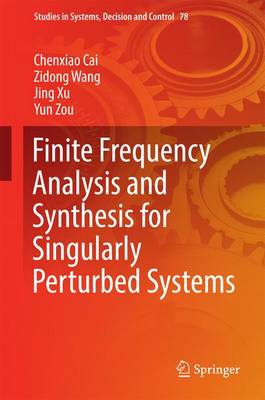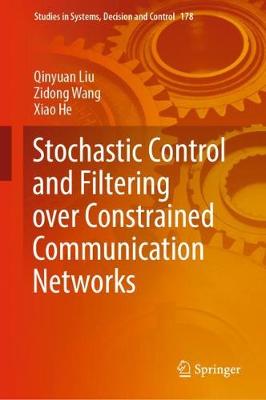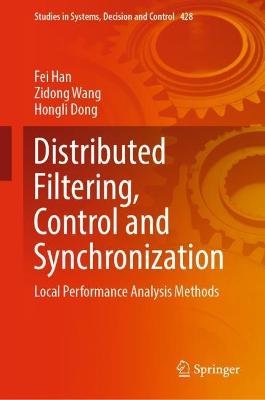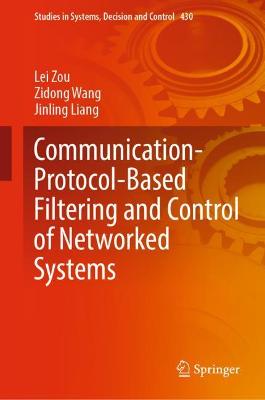Studies in Systems, Decision and Control
4 primary works
Book 78
Finite Frequency Analysis and Synthesis for Singularly Perturbed Systems
by Chenxiao Cai, Zidong Wang, Jing Xu, and Yun Zou
This book is a self-contained collection of recent research findings providing a comprehensive and systematic unified framework for both analysis and synthesis for singularly perturbed systems. It paves the way for the gap between frequency-domain-transfer-function-based results and time-domain-state-space-based results to be bridged.
It is divided into three parts focusing on: fundamental background of singular perturbation; general singular perturbation methodologies and time-scale techniques and the theoretical foundation of finite-frequency control; the analysis and synthesis of singularly perturbed systems; and real-world engineering applications implementing the results developed in systems like wind turbines and autonomous-aerial-vehicle hovering.
It also presents solutions to analysis and design problems in terms of linear matrix inequalities. Lastly, it provides valuable reference material for researchers who wish to explore the design of controllers for such systems.
Book 178
Stochastic Control and Filtering over Constrained Communication Networks
by Qinyuan Liu, Zidong Wang, and Xiao He
- recursive Riccati equations;
- matrix decomposition;
- optimal estimation theory; and
- mathematical optimization methods.
Book 428
Distributed Filtering, Control and Synchronization
by Fei Han, Zidong Wang, and Hongli Dong
This book establishes a unified framework for dealing with typical engineering complications arising in modern, complex, large-scale networks such as parameter uncertainties, missing measurement and cyber-attack. Distributed Filtering, Control and Synchronization is a timely reflection on methods designed to handle a series of control and signal-processing issues in modern industrial engineering practice in areas like power grids and environmental monitoring.
It exploits the latest techniques to handle the emerging mathematical and computational challenges arising from, among other things, the dynamic topologies of distributed systems and in the context of sensor networks and multi-agent systems. These techniques include recursive linear matrix inequalities, local-performance and stochastic analyses and techniques based on matrix theory.
Readers interested in the theory and application of control and signal processing will find much to interest them in the new models and methods presented in this book. Academic researchers can find ideas for developing their own research, graduate and advanced undergraduate students will be made aware of the state of the art, and practicing engineers will find methods for addressing practical difficulties besetting modern networked systemsBook 430
Communication-Protocol-Based Filtering and Control of Networked Systems
by Lei Zou, Zidong Wang, and Jinling Liang
Communication-Protocol-Based Filtering and Control of Networked Systems is a self-contained treatment of
- the state of the art in communication-protocol-based filtering and control;
- recent advances in networked systems; and
- the potential for application in sensor networks.
This book provides new concepts, new models and new methodologies with practical significance in control engineering and signal processing. The book first establishes signal-transmission models subject to different communication protocols and then develops new filter design techniques based on those models and preset requirements for filtering performance. The authors then extend this work to finite-horizon H-infinity control, ultimately bounded control and finite-horizon consensus control. The focus throughout is on three typical communications protocols: the round-robin, random-access and try-once-and-discard protocols, and the systems studied are drawn from a variety of classes, among them nonlinear systems, time-delayed and time-varying systems, multi-agent systems and complex networks.
Readers are shown the latest techniques-recursive linear matrix inequalities, backward recursive difference equations, stochastic analysis and mapping methods. The unified framework for communication-protocol-based filtering and control for different networked systems established in the book will be of interest to academic researchers and practicing engineers working with communications and other signal-processing systems. Senior undergraduate and graduate students looking to increase their knowledge of current methods in control and signal processing of networked systems will also find this book valuable.



